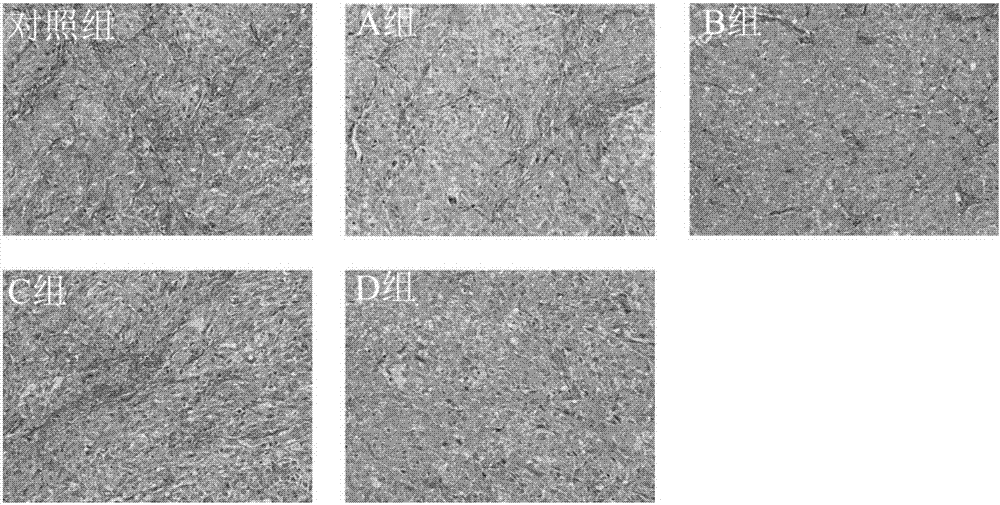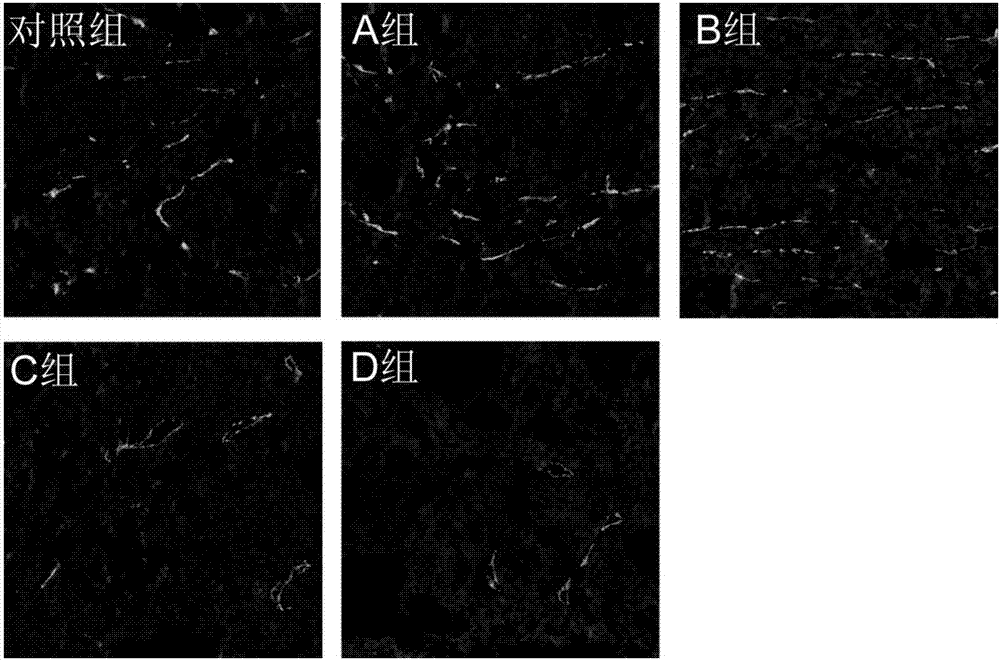Co-supported polymer micelle and application thereof in pharmacy
A technology of polymer glue and amphiphilic polymer is applied to polymer micelle and its application in pharmaceuticals, which can solve the problems of large toxic and side effects, low bioavailability, poor water solubility, etc., to avoid toxic and side effects, The effect of improving solubility and improving bioavailability
- Summary
- Abstract
- Description
- Claims
- Application Information
AI Technical Summary
Problems solved by technology
Method used
Image
Examples
Embodiment 1
[0031] Take 0.1mmol of hyaluronic acid, 0.3mmol of (1-(3-dimethylaminopropyl)-3-ethylcarbodiimide hydrochloride) and 0.3mmol of N-hydroxyl sulfosuccinimide solution In 10mL formamide, activate at room temperature for half an hour. Dissolve 0.2mmol of octadecylamine in 5mL of N.N-dimethylformamide, drop it into the activated hyaluronic acid solution, continue to react for 24h, use acetone to precipitate the product, redissolve the precipitate with 20mL of distilled water, and place Dialyze in a dialysis bag (MWCO=3500) for 2 days, and freeze-dry to obtain hyaluronic acid-octadecylamine polymer micelles.
Embodiment 2
[0033] Dissolve 0.1mmol of dextran, 0.2mmol of deoxycholic acid and 10mg of 4-dimethylaminopyridine in 10mL of dimethyl sulfoxide. After reacting for 24 hours at room temperature, the product was precipitated with ethanol, and the precipitate was washed with 20mL of distilled water. Reconstituted, placed in a dialysis bag (MWCO=3500) for dialysis for 2 days, and freeze-dried to obtain dextran-deoxycholic acid polymer micelles.
Embodiment 3
[0035] Get 0.1mmol of chitosan, 0.2mmol of succinic anhydride, 0.3mmol of (1-(3-dimethylaminopropyl)-3-ethylcarbodiimide hydrochloride) and 0.3mmol of N-hydroxy Thiosuccinimide was dissolved in 10 mL of dimethyl sulfoxide, and after 24 hours of reaction, the product was precipitated with acetone. The precipitate was dissolved in 20 mL of distilled water, dialyzed in a dialysis bag (MWCO=3500) for 2 days, and obtained after lyophilization. Chitosan intermediate with free carboxyl group. Dissolve 0.1mmol of chitosan intermediate and 0.4mmol of octylamine in water and methanol (v / v=1:1), 0.3mmol of (1-(3-dimethylaminopropyl)-3-ethyl Carbodiimide hydrochloride) and 0.3 mmol of N-hydroxyl sulfosuccinimide as a catalyst, reacted for 24h. The methanol was removed by rotary evaporation, placed in a dialysis bag (MWCO=3500) for dialysis for 2 days, and the chitosan-octylamine polymer micelles were obtained after freeze-drying.
PUM
| Property | Measurement | Unit |
|---|---|---|
| Particle size | aaaaa | aaaaa |
| The average particle size | aaaaa | aaaaa |
| The average particle size | aaaaa | aaaaa |
Abstract
Description
Claims
Application Information
 Login to View More
Login to View More - R&D Engineer
- R&D Manager
- IP Professional
- Industry Leading Data Capabilities
- Powerful AI technology
- Patent DNA Extraction
Browse by: Latest US Patents, China's latest patents, Technical Efficacy Thesaurus, Application Domain, Technology Topic, Popular Technical Reports.
© 2024 PatSnap. All rights reserved.Legal|Privacy policy|Modern Slavery Act Transparency Statement|Sitemap|About US| Contact US: help@patsnap.com









